- Have any questions?
- +86-189 8930 5995
- sales@mosinterchem.com.cn
Nicarbazin CAS 330-95-0

narasin CAS 55134-13-9
20/12/2018
(+)-Cloprostenol sodium CAS 62561-03-9
20/12/2018| Model: | MOS 330-95-0 |
| CAS: | 330-95-0 |
| Molecular Formula: | C19H18N6O6 |
| Molecular Weight: | 426.3828 |
| EINECS: | 206-359-1 |
| Flash point: | 204.7°C |
| Vapour Pressur: | 4.32E-07mmHg at 25°C |
| Boiling point: | 414.8°C at 760 mmHg |
| Risk Codes: | R36/37/38: |
| Hazard Symbols: | Xi:Irritant; |
| Safety Description: | S26:; S36 |
Nicarbazin (CAS 330-95-0)
| ITEM | STANDARD | RESULT |
| Description | Yellow green or yellow powder;
Odorless, Slight peculiar smell |
Yellow green powder; Slight peculiar smell |
| Melting point | Melt and resolve at 260~265℃ | Melt and resolve at 264℃ |
| Identification | (1)(2)Positive | (1)(2)Positive |
| Acidity or alkalinity | PH5.0~7.0 | 6.5 |
| Residue on ignition | Not more than 0.5% | 0.14% |
| Chloride | Not more concentrated than
reference substance |
Less concentrated than reference substance |
| Loss on Drying | Not more than 1.0% | 0.13% |
| Ammonium salt | Not more than 1.0% | 0.13% |
| 2-hydroxy-4,6-dimethylpyrimidine | Not more than 0.35 | 0.11 |
| Assay (On the dried basis) | C13H10N4O5 67.4%~73.0%
|
70.6% |
| C6H8O 27.7~30.0% | 29.6% |
Chemical Properties
Light yellow crystalline powder, no foul. Mp 265-275 ℃ (decomposition). Non-hygroscopic, insoluble in water,
ethanol, chloroform and ether, slightly soluble in dimethylformamide. Grinding and water will slowly break
down, decompose quickly in dilute acid.
use
The product of chicken cecal coccidiosis and stack-shaped Eimeria, Eimeria tenella, Eimeria poison, Bordetella
Eimeria have a good preventive effect. With high efficiency, low toxicity, stable performance, the advantages
of small resistance. It can be used with coccidia ester combination better. Note: ① laying hens disabled; ②
discontinued four days before slaughter; when the temperature is above 45 ℃ ③ disabled.
use
Anti coccidiosis medicine for the treatment of coccidiosis
Production method
1 is composed of 4,4′-nitro stilbene urea (DNC) and acetyl acetone and urea cyclization compound.
(1) DNC synthesis. Methyl amine and nitrobenzene by paranitroaniline reflux in dimethyl formamide
(DMF) in the condensation, yield 85% -90%; p-nitroaniline and also by the reaction of phosgene in
toluene and too, yield 96.5%; or nitrobenzene hydrochloride, in dibutyl phthalate with urea
condensation heating is made.
50g nitroaniline was added 180mL of concentrated hydrochloric acid, warmed to dissolve with stirring,
and reacted at reflux micro 1.5h. After cooling, the precipitated bright yellow leaf-shaped p-nitroanilide
hydrochloride crystals, m.p. 173-174 ℃, 95% yield.
The hydrochloride 10.2g (0.0584mol) and 1.5g (0.025mol) of urea was added 60mL dibutyl phthalate,
the reaction was stirred at 180 ℃ in 6h. Cooling to 20 ℃ filtered, washed with ethanol, water, washed
with a small amount of toluene and dried to give a yellow green powder DNC, m.p. 310-314 ℃
(decomposition), yield 65%.
(2) Synthesis of nicarbazin. The 8.1g (0.027mol) DNC, 2.5g (0.042mol) urea, 4mL acetylacetone and
a small amount of concentrated hydrochloric acid were added 35mL of anhydrous ethanol, the reaction
mixture was stirred at reflux for 10-15h, cooled to room temperature and crystallized, isolated by
centrifugation, ethanol washed, and dried to give a yellow composite powder, yield 80%
2 consists of 4,4 urea nitro stilbene (DNC) and 2-hydroxy-4,6-dimethyl-pyrimidine (HDP) at a molar
ratio of 1: 1 complex. HDP prepared from acetylacetone and urea condensation reaction.
You must be logged in to post a review.

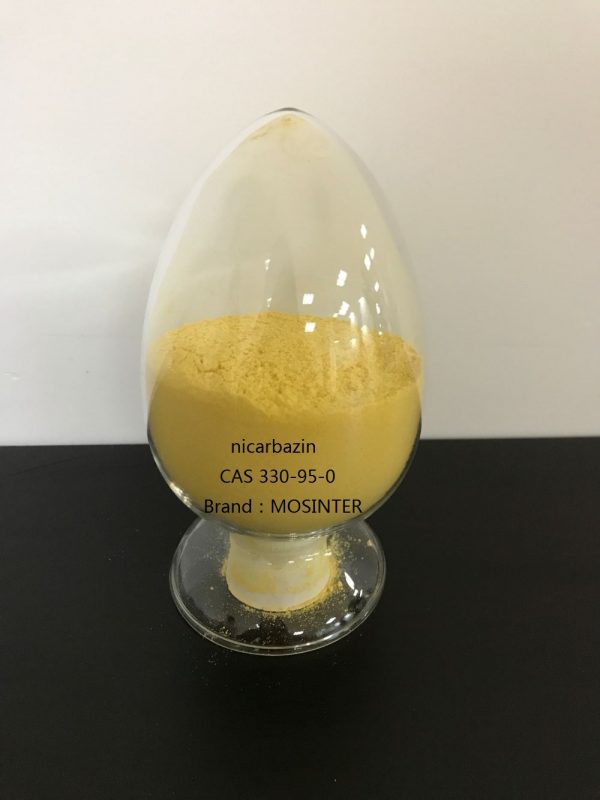
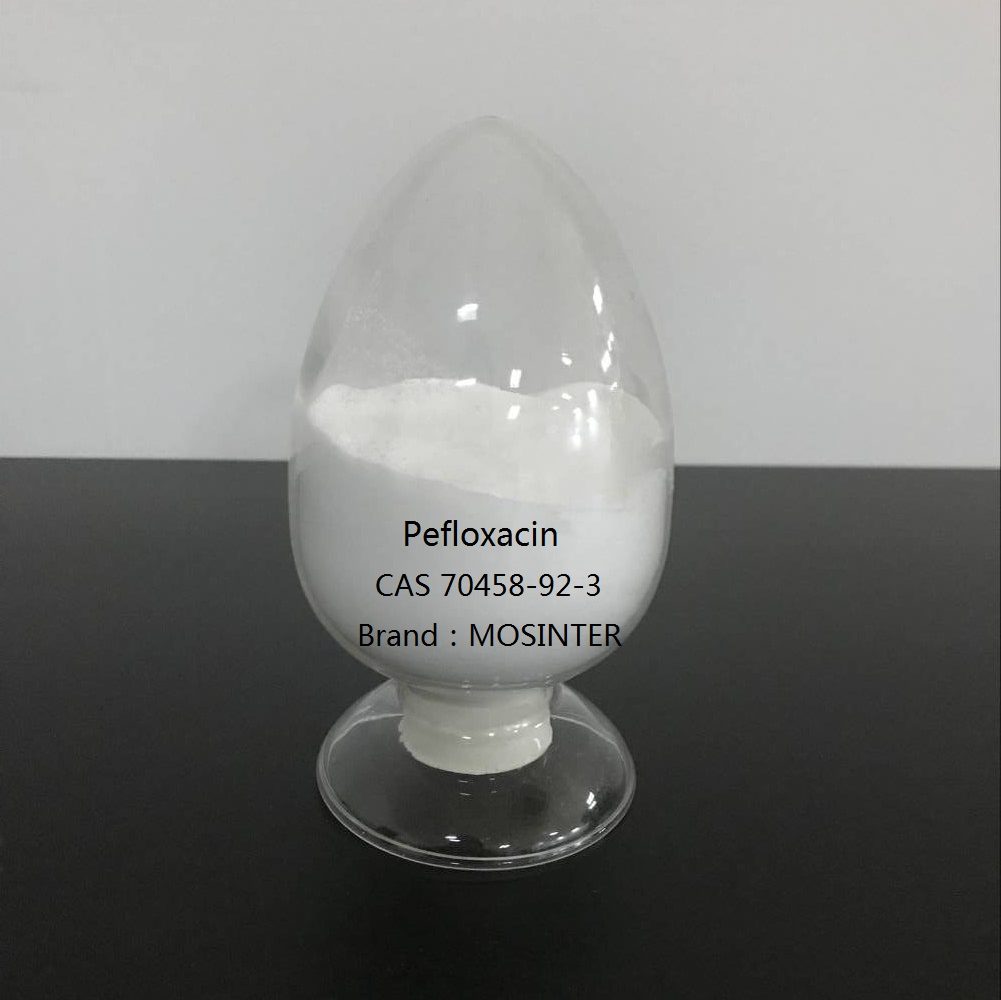
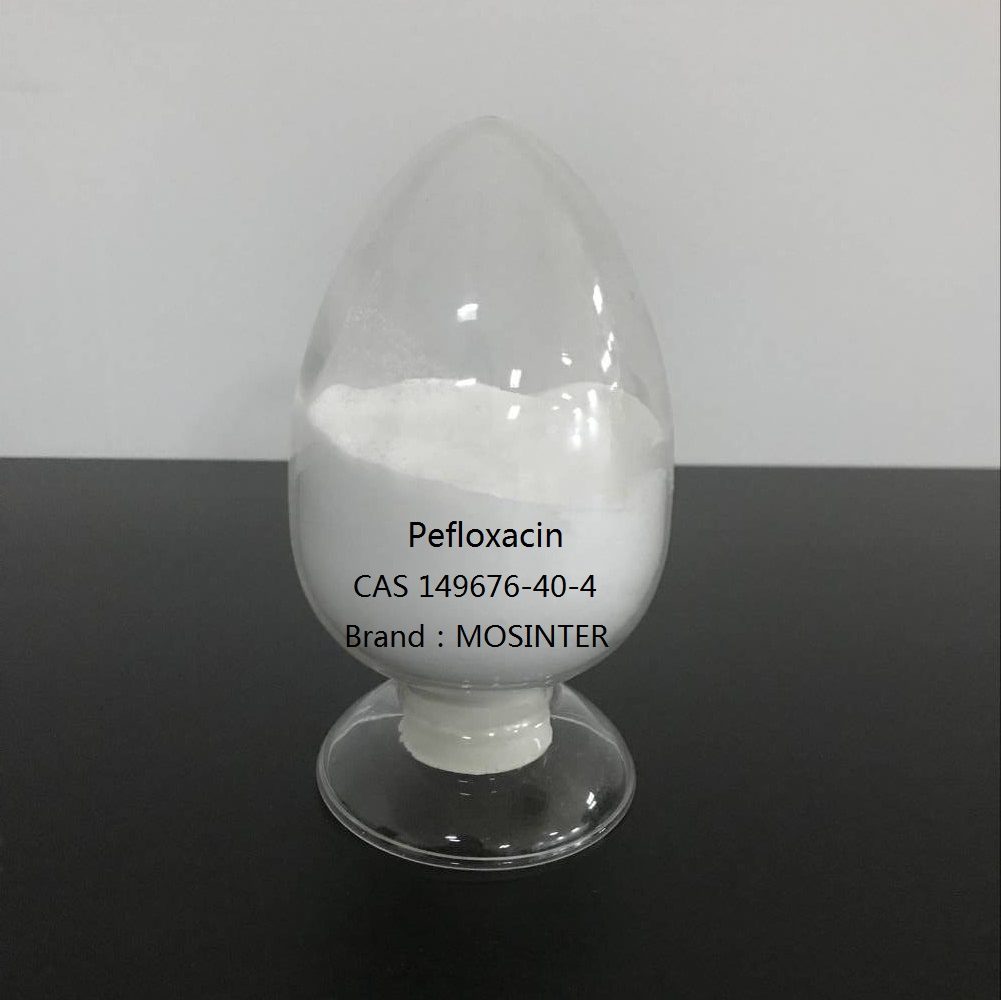
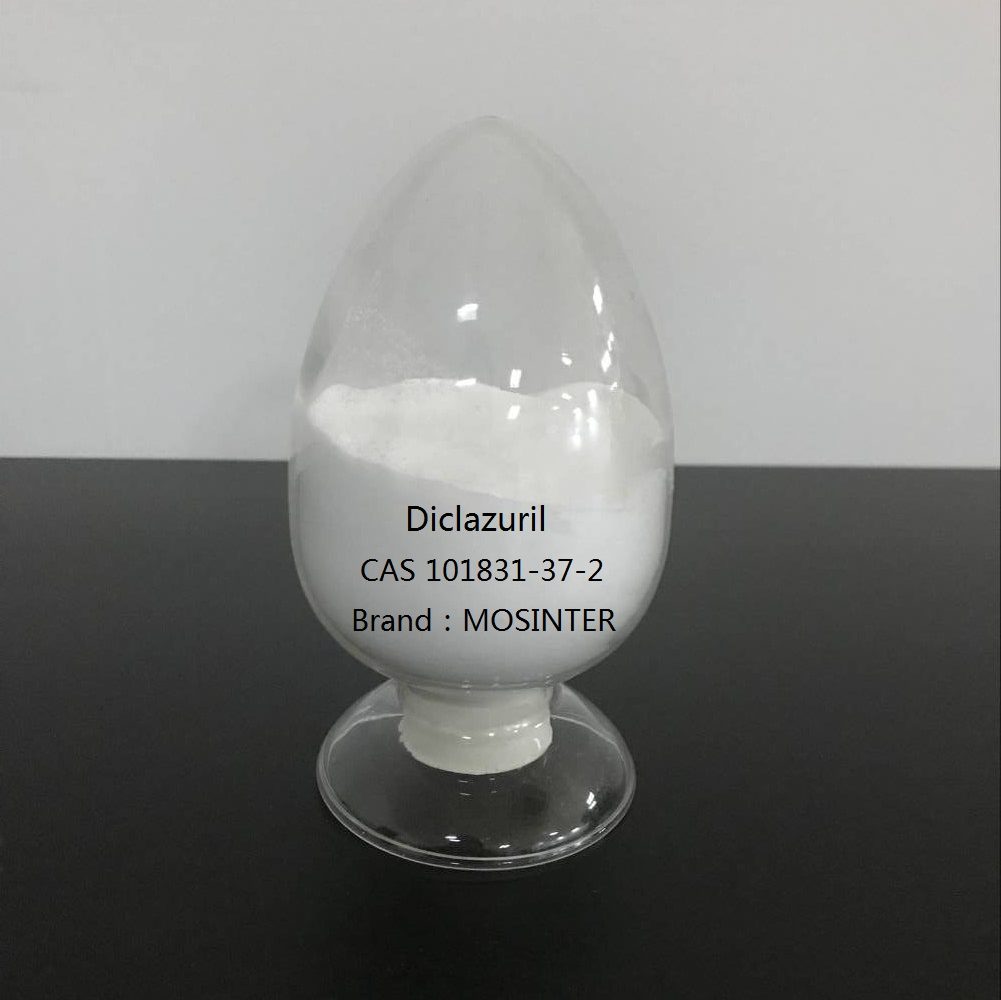
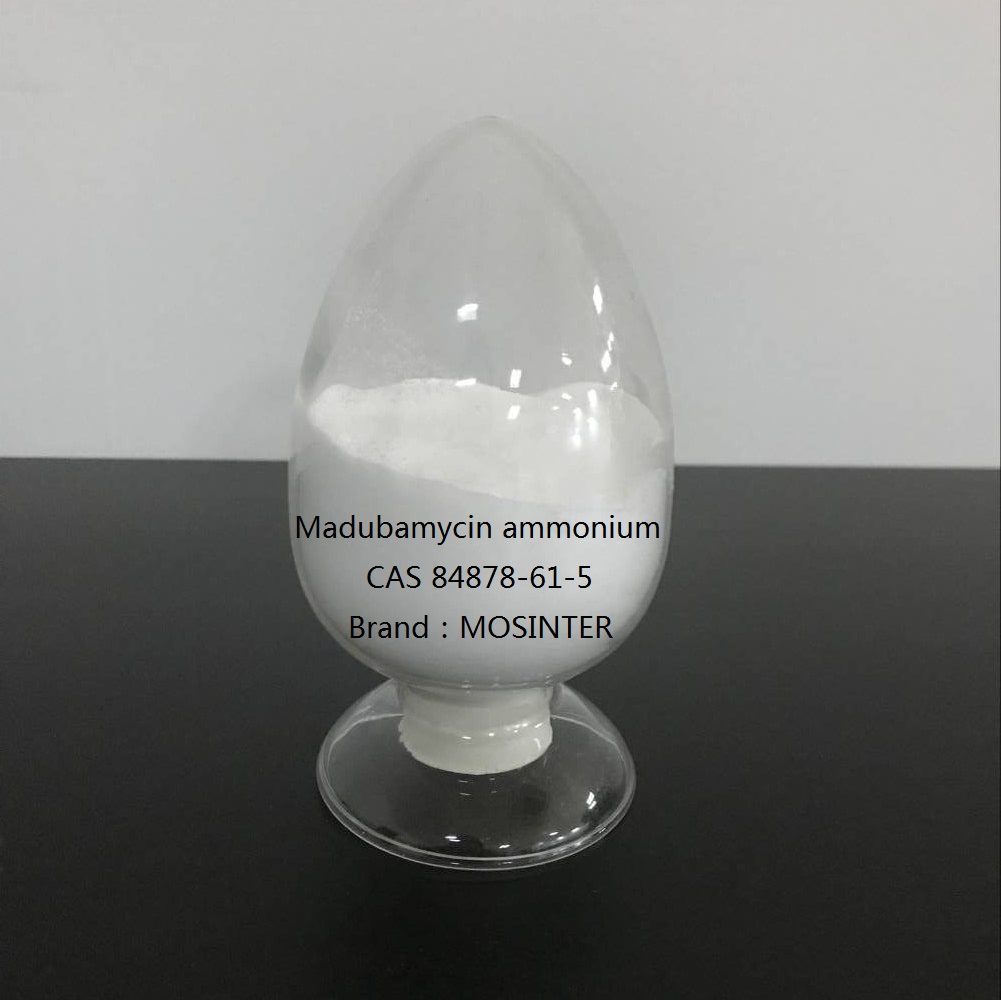
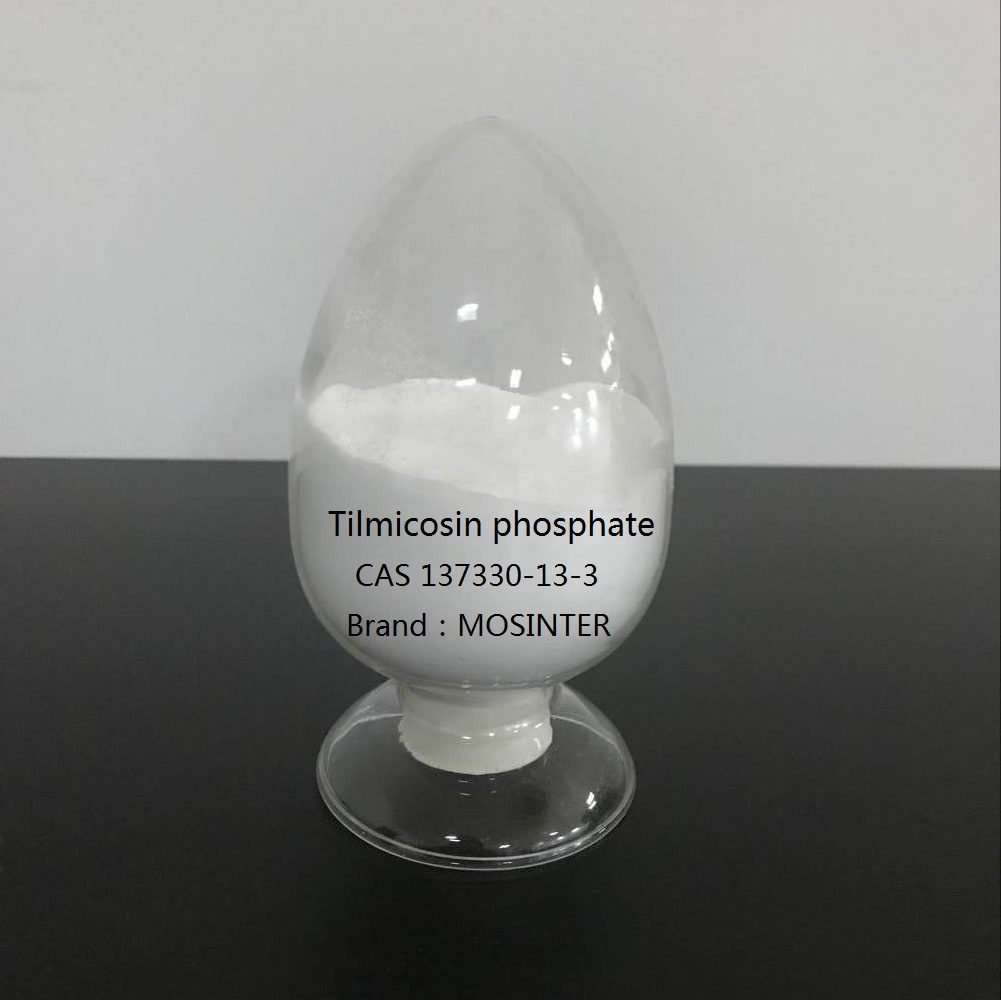
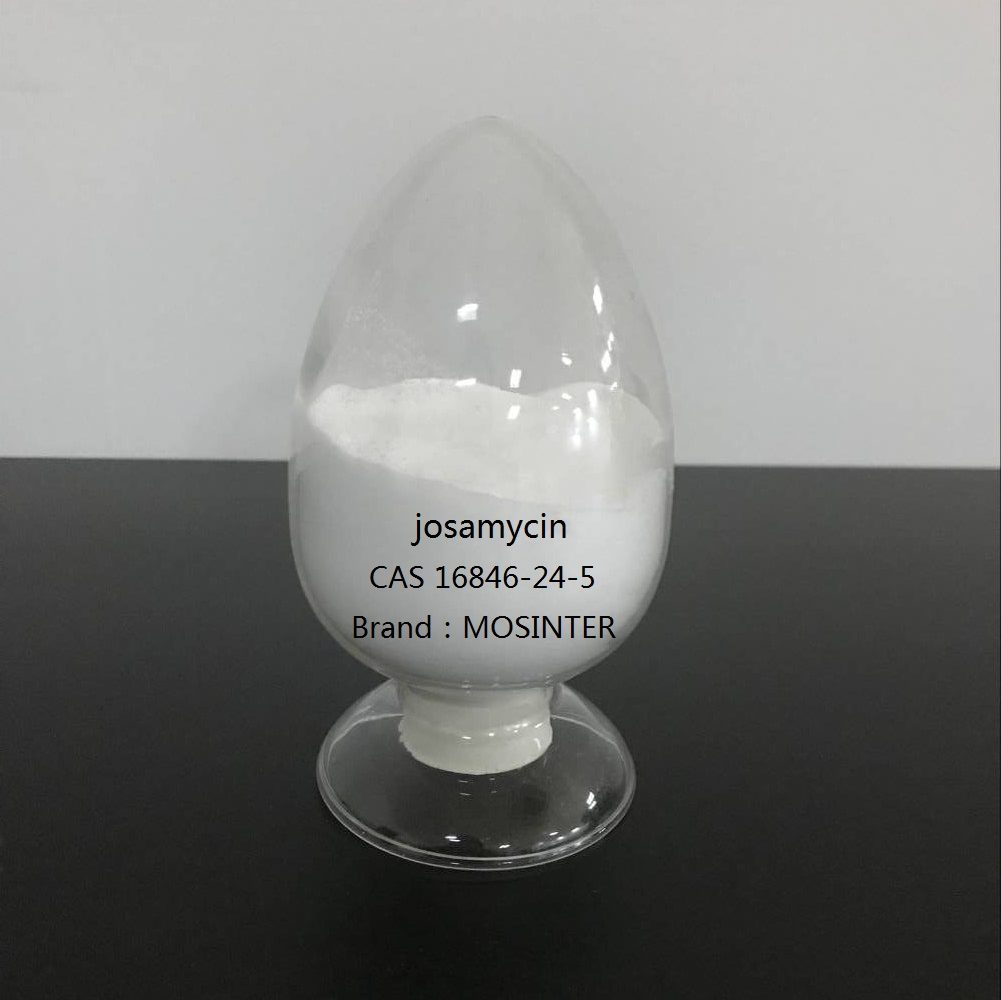
Reviews
There are no reviews yet.